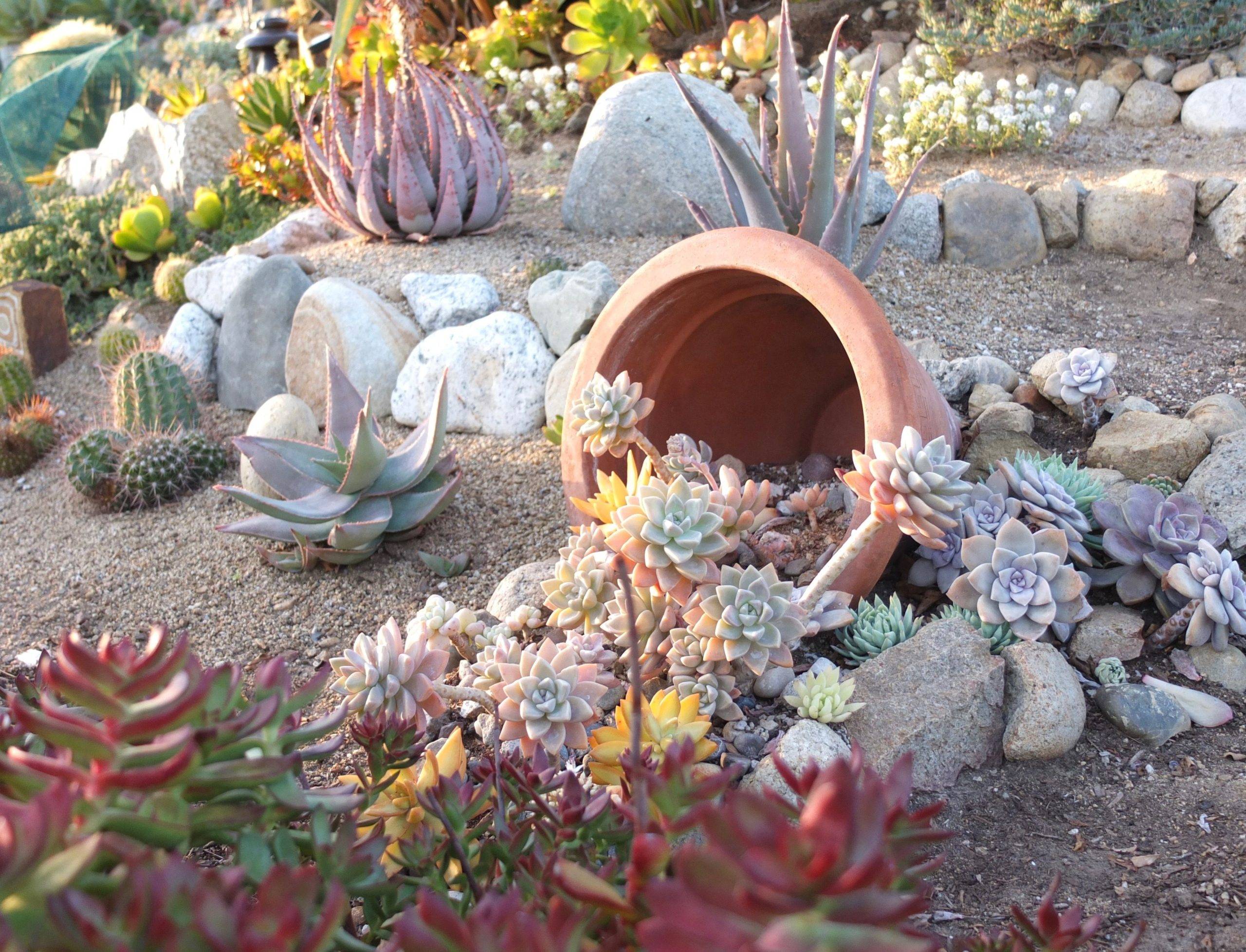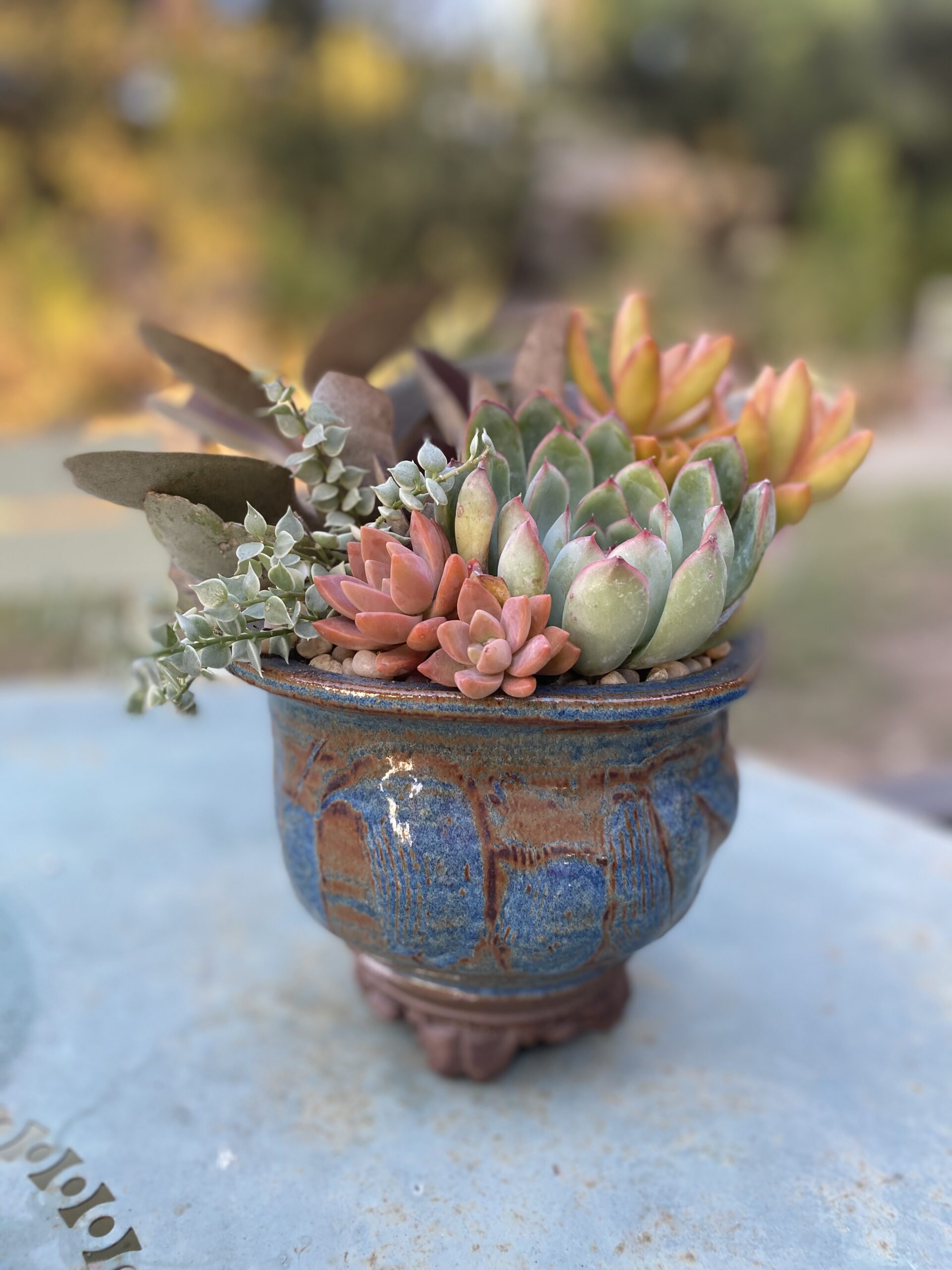


If there is one thing I have learned from both my boys, it is that anything can be a drum! Grab a spoon, a stick or your hands and play away! Smell Adult assistance may be needed with some of the handiwork!īuild a Garden Sound Wall: If you have the space for it (and no neighbors super close by), building a sound wall with interesting recycled items, pots, pans, and tins is a great way to encourage budding musicians of all ages outside.


Use an old hanger or an overturned colander and some twine. You’ll need a variety of items (particularly tin/metal) like cans, bottles, lids, CDs, even old spoons and forks. Make Your Own Wind Chimes: This is a great activity to empty your recycling bin with. When you open up your ears outdoors, you can truly discover the orchestra of your garden! Take a Sound Scavenger Hunt Walk: Whether it’s through your own yard, your neighborhood, a park or garden center, taking a nature walk with an ear toward the sounds of the garden can be fascinating! Can you hear birds? Bugs like bees or cicadas? Can you hear frogs or toads? Ducks or geese? What about man-made noises like lawnmowers or hedge trimmers? We often go to the garden for some peace and quiet–and peaceful, it certainly is–but rarely is it truly quiet. Read about others in this article from National Geographic. Marigolds, sunflowers, daisies and asters are just a few. In the interim, plant flowers and plants that will attract songbirds to your garden.With an eye toward the Fall, plant some mini gourds this summer to grow your own shakers in the fall! Once harvested and dried, the seeds inside a gourd create a natural and beautiful homegrown musical instrument.You can also add in color, glitter and even essential oil for scent. You can keep it simple with water, flowers, a dish and a spoon or long stem for stirring. Alternatively, you can pick some wildflowers from outside or hit up your local florist for rejects and flowers that can’t be sold. Petal Potions Water Table: Sensory play with real flower petals is so much fun! We love to give our fresh cut flowers one last hurrah before they head to the compost heap and this is one wonderful way to do that. From fuzzy to feathery, bumpy and smooth–this a wonderful way to explore textures and related vocabulary. Do opt for a variety of textures, heights and colors. Aloe, lambs ear, yucca, hens and chicks, desert rose, burro’s tail, and snake plant are all popular options. Most garden and home improvement centers carry a selection of succulents. Touchĭigging in the dirt, sitting in the grass, the cool water of a sprinkler, the variety of textures of a rock or a stick–gardening is a tactile smorgasbord! So often, however, when it comes to gardens and plants we tell our children “look with your eyes, don’t touch!” If you have the space to allow for it, I highly recommend allowing a plot for children to garden on their own–mistakes, learning experiences and all! If not, planting your own “Please Touch the Plants” Garden will be a great way to introduce a variety of textures to little fingers in your yard, in a container or even indoors. Using All Five Senses in the GardenĮXTEND THE FUN AND LEARNING WITH OUR PRINTABLE FIVE SENSES OR GARDEN THEME LESSON PLANS. Read on to discover how we’re teaching toddlers and preschoolers about their senses by using all five senses in the garden.
GARDEN STORY GAME SUCCULENTS HOW TO
I’m excited to share some fun ideas today on how to explore plants and flowers in your garden through the five senses. Gardening is certainly a hands-on experience and anytime we engage our children’s senses, we appeal to the variety of ways in which they learn and grow. Share on Twitter Share on Facebook Share on Pinterest Share on Email


 0 kommentar(er)
0 kommentar(er)
